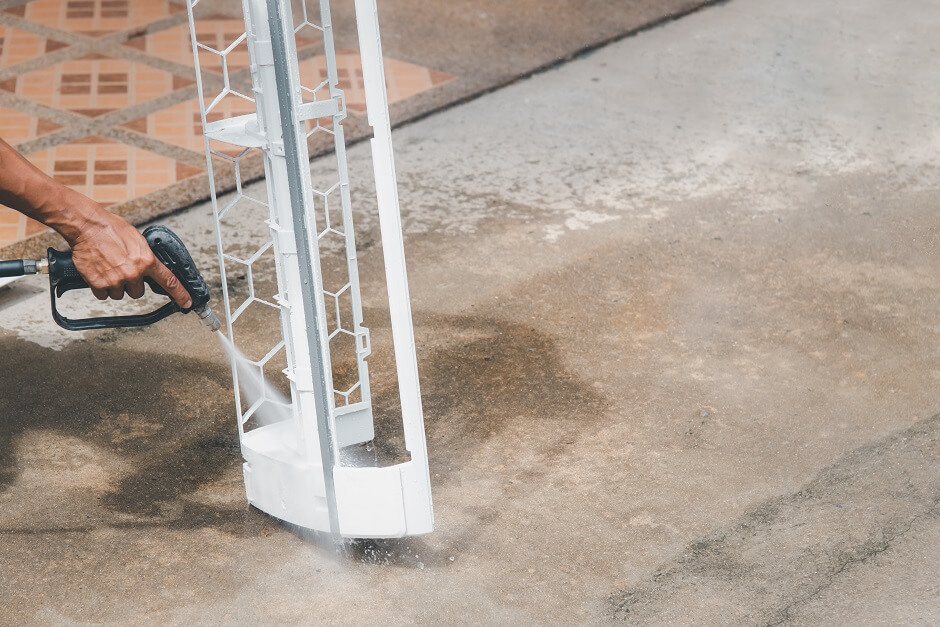
To do mini-split cleaning you have to turn the machine off, remove its filters, and use a soft brush – among other steps. People often choose mini-split ACs for their efficiency and simple maintenance. Still, cleaning is mandatory if you want the system to work properly for a long time.
Cleaning a mini-split is a matter of efficient performance, and will help you to avoid damage to internal parts, maintain good air quality in your house, and keep energy bills controlled. Comfort and convenience put together.
If you need tips and tricks on how and when to have a mini-split cleaning in your home, read this complete guide and get to know everything.
Do Mini-Splits Need to Be Cleaned?
Yes, mini-splits need to be cleaned for many different reasons. If you want an efficient AC that provides your home with good air quality and lasts for the longest it can, you need to clean your mini-split.
The correct maintenance brings the following benefits.
- Optimal performance: a clean system guarantee your AC will have good conditions for optimal operation.
- Avoid premature failure: therefore, avoiding items to be worn earlier, maintenance to be much more expensive, or avoiding, eventually, a breakdown.
- Avoid mold: if you do not clean your unit, it is likely to grow mold and produce unpleasant odors.
- Longer lifespan: regular cleaning will guarantee a longer lifespan for your machine.
- Controlled energy bills: dirt and dust make the AC works harder, leading to higher energy bills.
- Safer air quality.
Not to mention the increased comfort and health levels!
Overall, cleaning the mini-split of your home regularly will be less demanding, worrying, and expensive than dealing with all consequences of not cleaning it. Avoid worrying about the cost of fixing an air conditioner and follow the steps listed below.
How to Clean a Mini-Split
You can do the cleaning yourself by following these six steps for split unit air conditioners.
- Turn off the mini-split unit and unplug it from the electrical outlet.
- Remove the air filters from the indoor unit.
- Wash the filters with water and a mild detergent. Use a soft brush or cloth to scrub away any dirt. Rinse thoroughly and allow it to dry.
- Vacuum clean or use a soft brush/cloth to remove any dirt or debris from the indoor unit.
- Remove any debris or leaves accumulated to clean the outdoor AC unit. You can also use a garden hose to wash the dirt.
- Use a fin comb to straighten any bent coil fins on the outdoor unit. This will improve the airflow and overall efficiency of the unit.
Allow the unit to dry completely before reassembling it, then turn the power back on and run the AC to test it out. Also, to effectively clean the indoor unit of a mini-split AC, pay attention to filters, evaporator coil, and drain pan.
How to Clean Mini-Split Ac Indoor Unit
The filter of your mini-split AC indoor unit can be cleaned with a vacuum cleaner or by washing it with soap and water. You need a soft brush or cloth to remove dust or debris accumulated on the evaporator coil behind the filter. Also, check for any standing water or debris in the drain pan and remove it. The drain pan stays under the evaporator coil.
Do the cleaning regularly.
How Often Should a Mini-Split Be Cleaned?
The guidelines for the frequency of mini-split cleaning is at least every three to six months for the filters and once a year or more frequently if there is a significant amount of dust or debris in the area for indoor and outdoor units.
How Much Does a Mini-Split Cleaning Service Cost?
The cost of a regular mini-split clean can vary depending on several factors, such as the location, the complexity of the job, and the service provider's rates. Typically, it can range from $ 75 to $ 300 or more. Surely less than an AC unit repair cost.
Regular mini-split cleaning prevents the buildup of dirt and debris, which can lead to reduced efficiency and potential damage to the unit. Schedule annual maintenance with Wisercosts HVAC contractors to guarantee everything is OK and identify potential issues before they become major problems!
 Let a hvac technician give you an estimate on your project
Let a hvac technician give you an estimate on your project

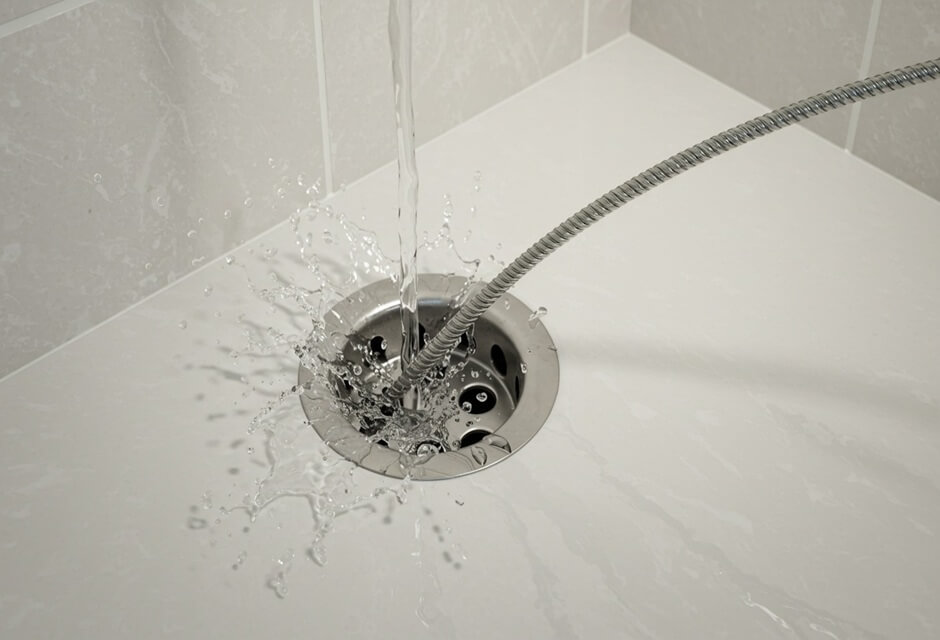
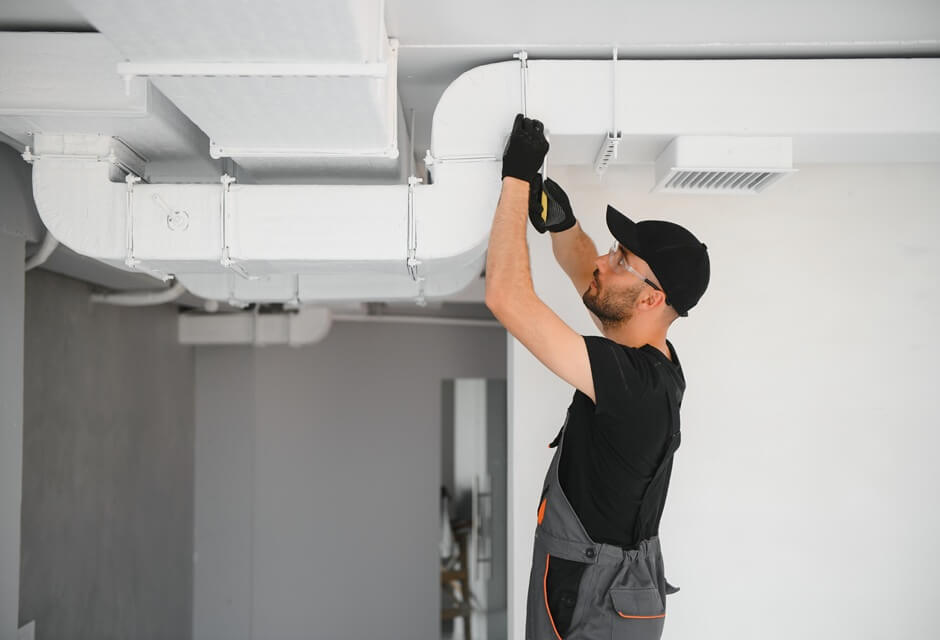
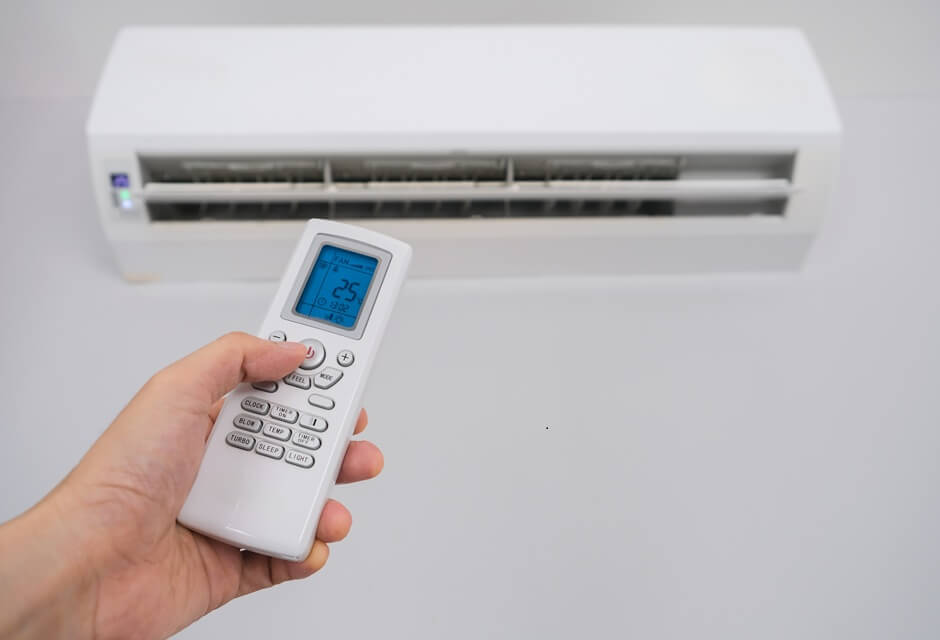
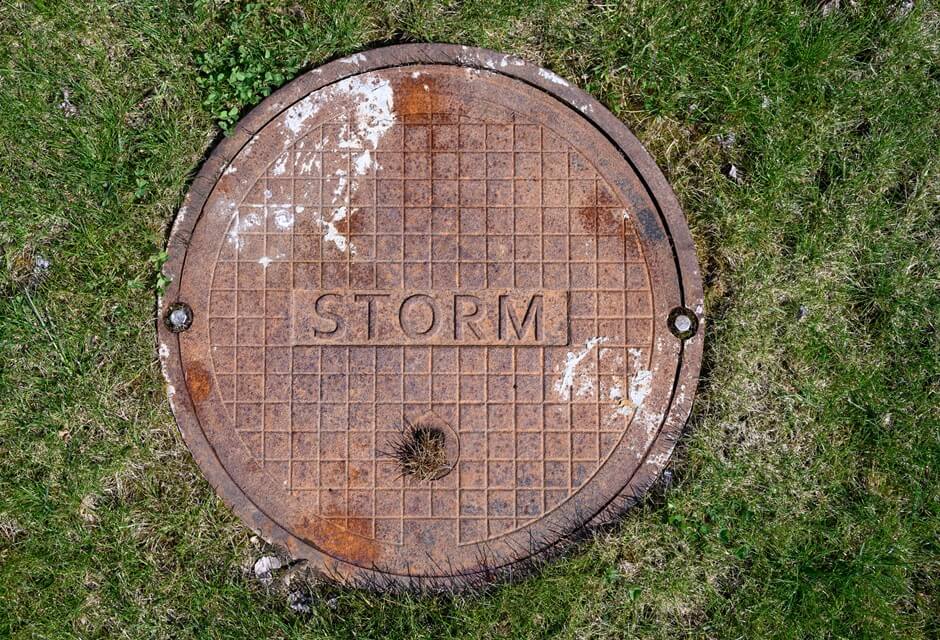
 Member of the
Member of the